

Location and Size
The district covers a total surface area of about 1217.7 square kilometers (472.4 sq miles) which form about five percent (5%) of the total area of the Ashanti Region, and 0.5 percent of the total area of the country. The built environment consists of 369.482 square kilometers with the natural environment forming 848.218 square kilometers of the total land area. The District also shares common boundaries on the North and North-West with Asante Akim North District and Kwahu South District on the West. On the South-West lies Amansie East District and on the South-East is Birim North District in the Eastern Region.
The District has a location advantage as being the “Gateway to Ashanti” offers a lot of marketing potentials that can foster its development from the national capital, Accra. Its location on the Accra-Kumasi road exposes it to the potential investors, travellers and tourists entering the region. The district can be found in the forest zone in Ghana and that, the forest serves as a means of improving the climate which help agricultural production.
Moreover, the district is known for its agrarian nature which is a major source of employment and offers large production of foodstuffs for most people in and outside the District. Its location is an advantage for most travellers along the Accra Kumasi highways. This is because, most travellers buy foodstuffs to their various destinations. This serves as a source of ready market for the farmers. This also goes a long way to add to the nations’ revenue and thus, national development.
Issues
• Strategically location for investment opportunities
• Large market for commerce
• Wildlife and land Conservation
Topography and Drainage
The relief of the District is generally undulating with few hilly areas. The elevation of the low-lying areas adjacent to the hills is between 200 and 300 meters above the sea level. The Kwahu-Mampong-Kintampo ridge which rises to about 500meters passes through the district. It rises to about 450 meters in some places.
There are three main rivers, which drain the district, namely Pra, Kume and Subin Rivers. Additionally, there are a number of perennial and seasonal streams in the district. River Pra flows along the eastern border and also forms the boundary between the Ashanti Region and the Eastern Region. Human activities along most of these water bodies are reducing their sizes which affect farming activities.
The relief and drainage supports farmers in irrigating their food crops during the dry seasons. The existence of several streams/water bodies in the District enhances irrigation and will therefore promote all year round farming making food available in the District. The beautiful nature of the hills give a development green light which when value is added to will improve tourism and add to revenue, thus improving on the general development of the district. Furthermore streams found in the district provide sources of water for domestic use.
Climate
In conformity with other parts of the region, the district has uniformly high temperature throughout the year. The district records a maximum temperature of about 30ºC in March and April. The minimum temperature of about 26ºC is recorded in August, the coolest month of the year. The mean monthly temperature is about 33ºC. The temperature range supports agricultural production. The District experiences a double maxima rainfall. The major rainy season usually occurs between April and June. It reaches its peak in July. The minor season occurs between September through to the end of November. The mean annual rainfall ranges between 1500mm and 1700mm.
The double maxima rainfall supports two cropping seasons making food available throughout all the year in the District and even outside the district. The rainfall pattern and adequate sunshine supports the crops like citrus, cocoa, oil palm, cassava, plantain and coffee among others. However, for the past three years, the rainfall pattern has changed. Mean annual rainfall has reduced to between 1020mm-1132mm. This has impacted negatively on Agricultural production since agriculture is mostly rain fed. Food crop farmers do not get enough rainfall to support all year farming.
Some areas in the drainage basins are exposed to flooding due to several factors which include filling of existing waterways and low-lying areas, illegal construction of buildings in waterways, reduction in flow capacity of channels due to siltation, illegal mining, overgrown-vegetation and accumulation of solid waste, and general lack of maintenance of the drainage infrastructure.
Issues
• Filling of existing waterways
• Siltation leading to limited capacity of flow
• Overgrown vegetation in storm drains
• Develop ecotourism to generate income opportunities for the local
• Inadequate maintenance of drain infrastructure
• Inadequate architectural designs to conform to the topography
• Aesthetic view of the district
Vegetation
The Asante Akim-South district falls within the moist semi-deciduous forest region where different species of tropical hard woods with high economic value are located. Most of the trees in this forest remain ever green throughout the year in the district based on the climatic factors in the District. The types of trees found in the district include; Wawa, Onyina, Mahogany, Asanfena and Dahoma.
Currently, the district has four forest reserves which cover a total area of about 109.6 sq km include, Formangsu, Prakow, Domi River and Mirasa Hills. Significant portion of the depleted forest has been allocated to farmers since 2003 as “Taungya” for farming activities. This situation has increased farming activities and has also increased food crop production in the district.
The massive depletion of the forest by timber operators implies that, a continuous felling of trees will negatively affect the rainfall situation or a reduction of the level of water bodies within the district which supports irrigation for farming, thus reduction in farming production.
Geology
The Asante Akim South District is underlain by two major geological formations. These are from mainly Dahomeyan and Birrimean origin and are basically phyllites granites and Tarkwaian sandstones over which the soils are developed .The phyllites consist of the Upper and Lower Birrimean rocks. The Upper Birrimean rocks consists of charts metamorphosed lava and tuffs; grewacke and epidorite. The lower Birrimean rocks consist of phyllites, grewackes, schists and gnesis.
Outcrops of granite rocks extend from Yawkwei through Juaso, Obogu, and Banso. Currently, two companies are extracting granite chippings for the construction of road throughout the country. There still exists deposit of granite rocks calling for quarry investment. Gold are being prospected at Bankame, Banso and Dwendwenase area. Mining is being done at Banka. The mineral deposits are not exploited in large scale. However, there is the existence of illegal galamsey operators in the District. The activities of these illegal mining operators pose serious threat to the environment.
Granite rock serves as building material which can be used for all forms of constructional activities such as construction works such as school buildings, drains in the District and even outside the District. Mining and quarrying activities have created employment for the unemployed. For example the presence of chipping companies in the district can help reduce the high unemployment situation in the district. The mining and quarrying activities are major sources of revenue for the District. However, most of these sites have been encroached by private residential accommodation making it dangerous for mining of the stones for construction purposes.
There is the need for the Town and Country Planning Department to clearly demarcate the places that are yet to be developed and create buffers to prevent the development of residential and other industrial properties close to the sites for stone mining.
Issues
• Encroachment of land
• Creation of buffer
• Stone mining
• Soil testing before development
• Expensive to cultivate in some areas
• Gold mining
Soils and their Suitability for Agriculture
The district falls within the forest ochrosols and oxysols which are made up of sandy loam and clayey loam compositions respectively which are well drained and very fertile. The soil type is associated with the forest zone in which the district falls within. The soils in the District are grouped into eight types with their suitability for Agriculture in the District. These include the following:
Wiawso-Shi Association: These soils, which are developed on the Upper Birrimian rocks, are very well to moderately well drained, highly gravely, concretionary, and medium to fine textured. The upland and lower slopes are suitable for food crops like maize, plantain, cocoyam and cassava, and marginally good for tree crops such as coffee, cocoa, citrus and oil palm.
Atukrom-Asikuma Association: Soils in this association are medium textured, moderately well drained, gravely, concretionary and susceptible to very severe erosion. The upland soils are recommended for tree crops and forestry while the lowlands soils are suitable for sugarcane and vegetables. These soils are developed over the Upper Birrimian rocks and can be found in settlements like Dampong and Asuboa.
Bekwai-Oda Compound Association: This soil association has developed over Lower Birrimian rocks. It is generally medium textured, slight to moderately susceptible to erosion, well to moderately well drained, deep and non-gravely. Its upland slopes are recommended for tree crops and the lowland and valley bottom soils are suitable for rice, sugarcane and vegetables. Banka, Tokwai and Gyadam are among settlements with this type of soil association.
Kumasi-Offinso Compound Association: This soil association develops over the Cape Coast granite. It is generally medium to coarse textured, good structured, moderately gravely, stony and concretionary. It occurs on undulating topography with moderate to severe susceptibility to erosion. Its upland slopes soils are good for both tree and food crops. The Lowland and valley bottom soils are suitable for rice, sugarcane and vegetables. Settlements with this type of soil include Obogu, Amantia, Muronaim, Breku, Banso and Bankame.
Swedru-Nsaba Simple Association: The surface layers of this association are usually neutral or even slightly alkaline and may even be somewhat calcareous. However, the reactions fall with soils deep down. The soils are suitable for arable crops and tree crops, especially cocoa. Areas around Banka are having this type of soil.
Adujanso-Bechem Association: Soils of this association are generally deep, coarse to medium textured. They are well to moderately well drained and concretionary with low nutrient reserves. They are suitable for both food and tree crops. Just a small pocket of this type of soil is found in the district around Breku and its environs.
Juaso-Morso Association: This association develops over Tarkwaian rocks. The texture of this soil association is generally medium, highly to moderately gravely, or deep and non-gravely, and well to moderately well drained. They occur on gently undulating topography with relatively slight to moderate susceptibility to erosion. Tree crops thrive well in its upland slope soils while the lowlands soils are suitable for rice, sugarcane and vegetables. Juaso, Ofoase, Kumeso and Teshie Praso are settlements with this type of soil association.
Awaham-Kakum – Chichiwere Association: They develop over alluvial deposits. Major soils of this association are coarse to medium textured, well to moderately well drained, deep to very deep and generally non-gravely. They occur extensively on low-lying, almost flat alluvial terrace.
Most of the soil types in the district are highly favourable for Agriculture Production. Food crops and other cash crops are made available in the district as almost all the soil type support the Production of these crops. Increase in production of these crops will promote export which will generate revenue for the district as soil types in the District serve as a great potential in increasing agriculture production.
Date Created : 11/28/2017 3:45:15 AM




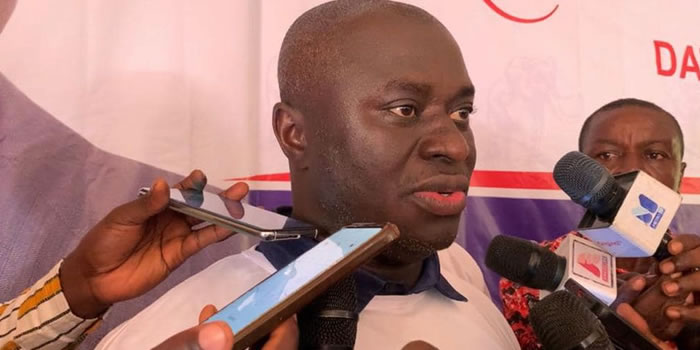
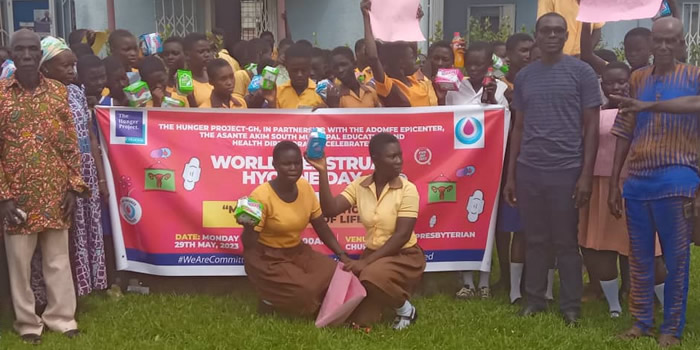
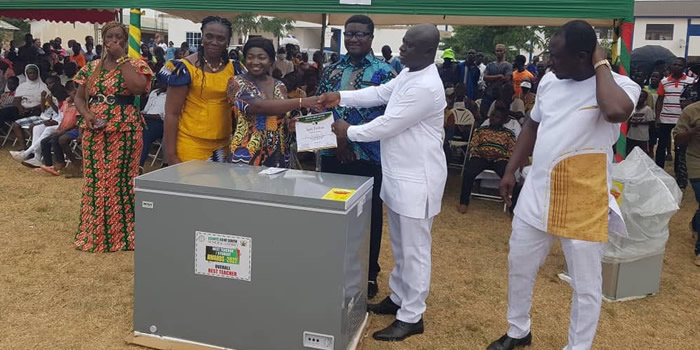
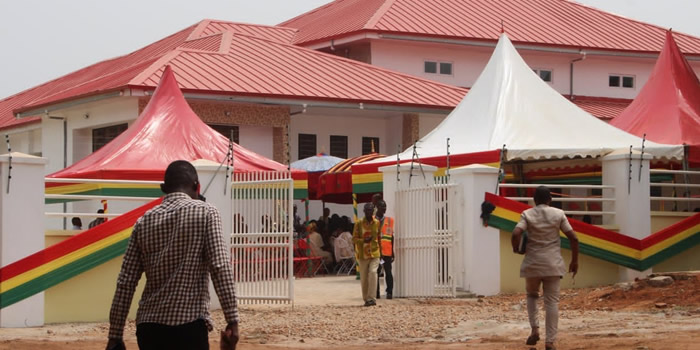

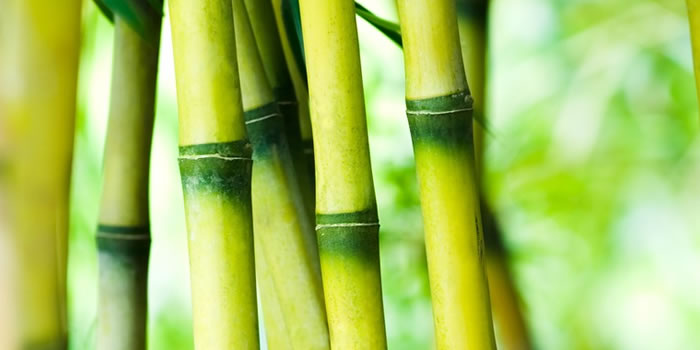


 facebook
facebook
 twitter
twitter
 Youtube
Youtube
 +233 593 831 280
+233 593 831 280 0800 430 430
0800 430 430 GPS: GE-231-4383
GPS: GE-231-4383 info@ghanadistricts.com
info@ghanadistricts.com Box GP1044, Accra, Ghana
Box GP1044, Accra, Ghana